Embarking on a road trip with your beloved cat can be a truly enriching experience. Cats, often perceived as homebodies, can actually adapt remarkably well to travel and become wonderful companions on your adventures. However, the key to a successful and stress-free journey lies in meticulous preparation, especially when it comes to car safety. One of the most crucial elements for safe cat travel is utilizing the right system to secure and comfort your feline friend: the Cat Car Seat.
This comprehensive guide will delve into the world of cat car seats, exploring various options to ensure your cat’s safety and comfort during car travel. We’ll go beyond the basics, providing expert advice and practical tips to make your next road trip with your cat a resounding success.
Best Practices for Safe and Comfortable Car Rides with Your Cat
Before we dive into the specifics of cat car seats, let’s establish some fundamental best practices for car travel with cats. Prioritizing both safety and comfort is paramount for a smooth journey.
- Safety First: Containment is Key: In the unfortunate event of sudden braking or an accident, a contained cat is significantly safer. Restraints prevent them from being thrown around the vehicle, minimizing the risk of injury. While complete confinement might not be every cat’s favorite, it’s a necessary safety precaution.
- Keeping Your Cat Calm and Happy: A stressed cat can make for a stressful drive. A comfortable and calm cat allows you to focus on the road. If your cat strongly dislikes confinement, finding a balance between security and their comfort is crucial. Some cats may find visual stimulation from windows calming, while others prefer a secure, enclosed space.
- Driver Safety is Non-Negotiable: A free-roaming cat in the car can create dangerous driving conditions. Cats on the dashboard, rear window shelf, or side window beds can obstruct your view. Critically, a cat underfoot near the pedals or on your lap can severely impede your ability to control the vehicle, especially in emergency braking situations.
- Understanding Local Regulations: While specific laws regarding pets in cars may vary, it’s essential to be aware of local regulations. Even in areas without explicit pet restraint laws, an unrestrained pet could be considered a distraction, potentially leading to legal repercussions.
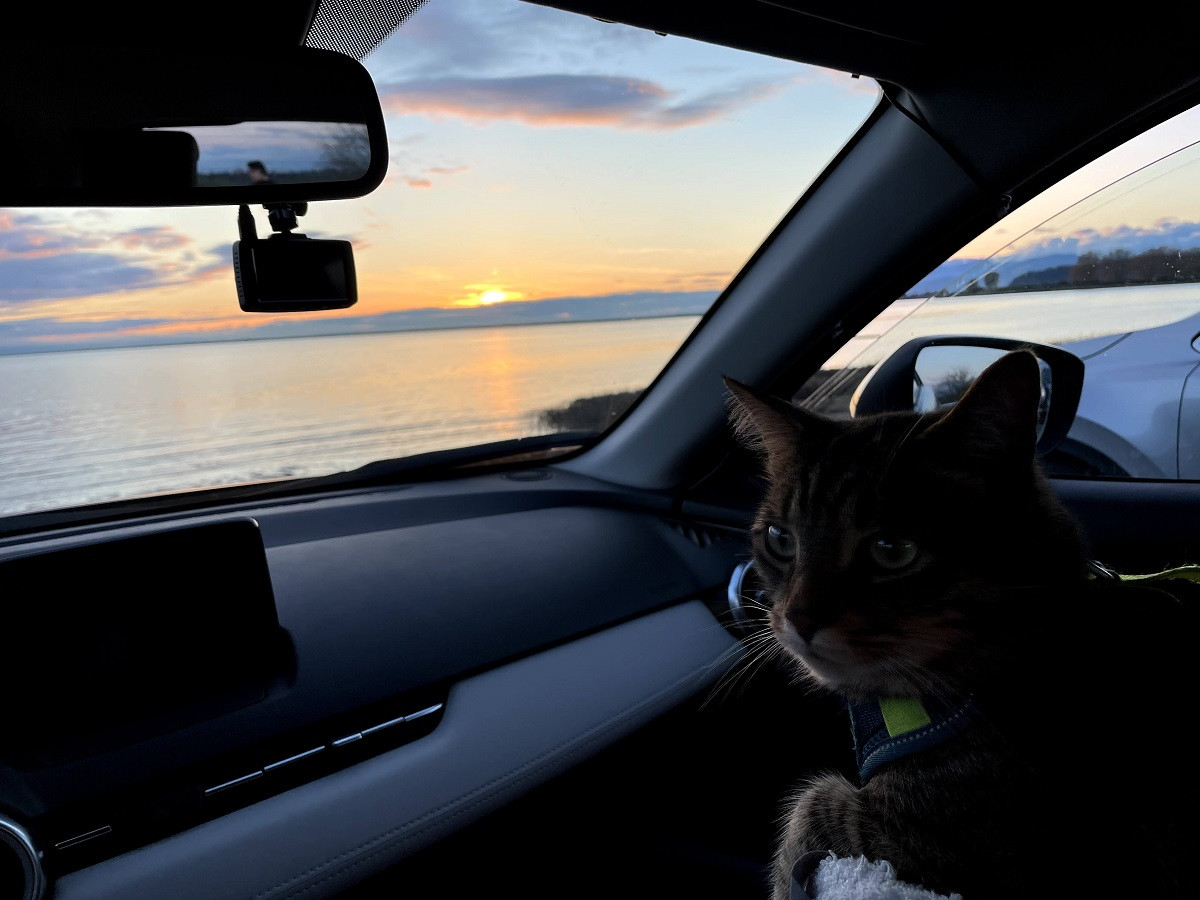 Roadtrips with Teddy
Roadtrips with Teddy
Exploring Cat Car Seat Options: Carriers, Booster Seats, and Harnesses
When it comes to cat car seats, you have several effective options, each with its own advantages and considerations. The best choice will depend on your cat’s personality, travel style, and your vehicle.
Cat Carriers as Car Seats: Secure and Familiar
Cat carriers are a versatile and often readily available option for car travel. They provide a secure, enclosed space, effectively functioning as a cat car seat when properly used in a vehicle. Carriers are particularly suitable if:
- Your Cat is Carrier-Trained: If your cat is already comfortable and accustomed to their carrier, it can be a less stressful option for car travel. The familiarity of their carrier can provide a sense of security.
- Anxious or Nervous Travelers: For cats prone to car anxiety or fear, a carrier offers a safe haven. It limits their visual field, potentially reducing anxiety triggered by the moving environment, and contains any accidents if they occur due to stress.
- Cats Who Love to Explore (Unsafely): If your cat is naturally curious and tends to wander around the car, a carrier is essential to keep them safely away from the driver and potential hazards.
- Solo Drivers: If you’re driving alone, using a carrier ensures your cat is safely contained, allowing you to focus entirely on driving without distractions.
Crash-Tested Cat Carriers: The Gold Standard in Safety
For the ultimate in safety, especially in the event of an accident, crash-tested cat carriers are the top choice. Sleepypod is a leading brand specializing in crash-tested carriers specifically designed for cats. Their carriers are rigorously tested to withstand impact forces and are designed to be secured in car seats using seatbelts.
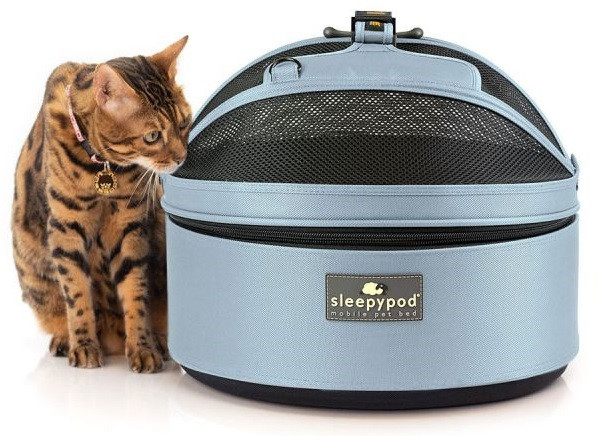 Sleepypod
Sleepypod
Crash-Tested Dog Kennels (Small Sizes for Cats): A Robust Alternative
While designed for dogs, smaller crash-tested dog kennels can also be suitable for cats, offering a robust and secure travel option. Brands like Gunner Kennels produce crash-tested kennels in various sizes, with smaller models potentially appropriate for larger cat breeds or multi-cat travel (in separate kennels). These kennels are designed for placement in the back seat or cargo area of SUVs and are engineered to withstand significant impact. However, it’s crucial to note they are not specifically designed for feline anatomy.
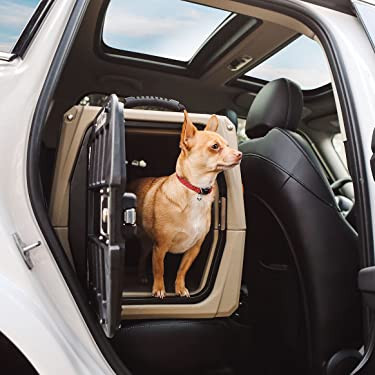 Gunner Kennel
Gunner Kennel
Regular Pet Carriers: A Budget-Friendly and Convenient Choice
Standard pet carriers or backpacks can also function as relatively safe cat car seats. Placing a regular carrier in the rear passenger footwell is a surprisingly secure location in a crash, as it’s protected by both the front and back seats. Alternatively, you can use the car’s seatbelt to strap the carrier onto the seat, preventing it from sliding around during driving. Using your cat’s existing carrier is a cost-effective and convenient solution.
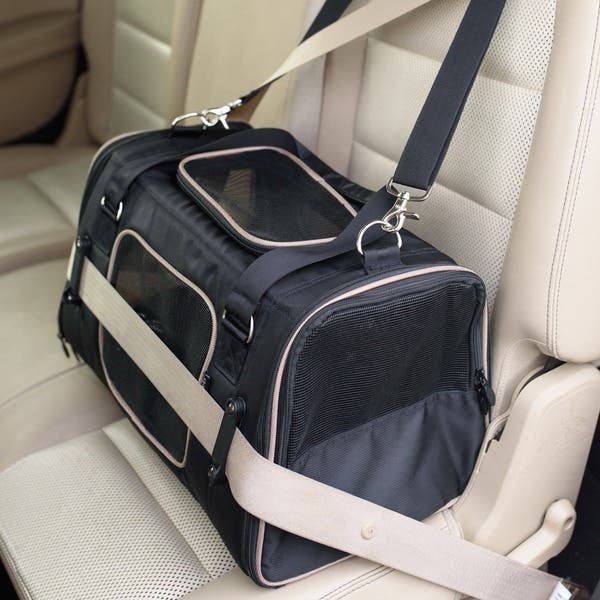 Gen7Pets Carrier
Gen7Pets Carrier
Soft-Sided Kennels: Space and Comfort for Longer Trips
For extended road trips or multi-cat families, larger soft-sided kennels placed in the back seat can serve as spacious cat car seats. These kennels offer more room for your cat to stretch out and move around. If the kennel is sufficiently large, you can even include a small litter box and food/water bowls inside, making it ideal for longer journeys. Soft-sided kennels are particularly beneficial for cats who prefer to travel together.
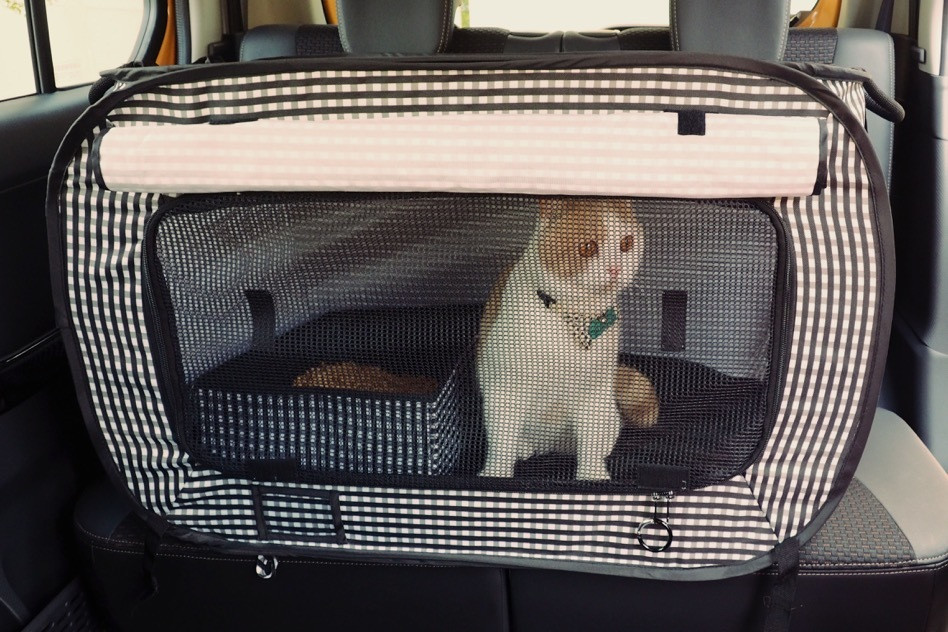 Soft sided kennel
Soft sided kennel
Cat Booster Seats: Elevated Views and Comfort
Cat booster seats are specifically designed raised seats for pets, intended for placement on either the rear or passenger seat. Some models include tethers to further prevent your cat from jumping out. Booster seats are a great option when:
- Your Cat Gets Bored Easily: The elevated position of a booster seat allows your cat to see out the car windows more easily, providing visual stimulation and potentially reducing boredom during longer drives.
- Calm and Well-Behaved Cats: Booster seats are best suited for cats who are generally calm in the car and not prone to excessive movement or attempts to explore the vehicle.
- Cats Who Dislike Carriers: If your cat strongly resists being confined in a carrier, a booster seat can offer a more open and less restrictive alternative while still providing a designated and safer space.
Booster Seat Options: A wide variety of cat booster seats are available in different styles, sizes, and materials to suit various cat sizes and car interiors.
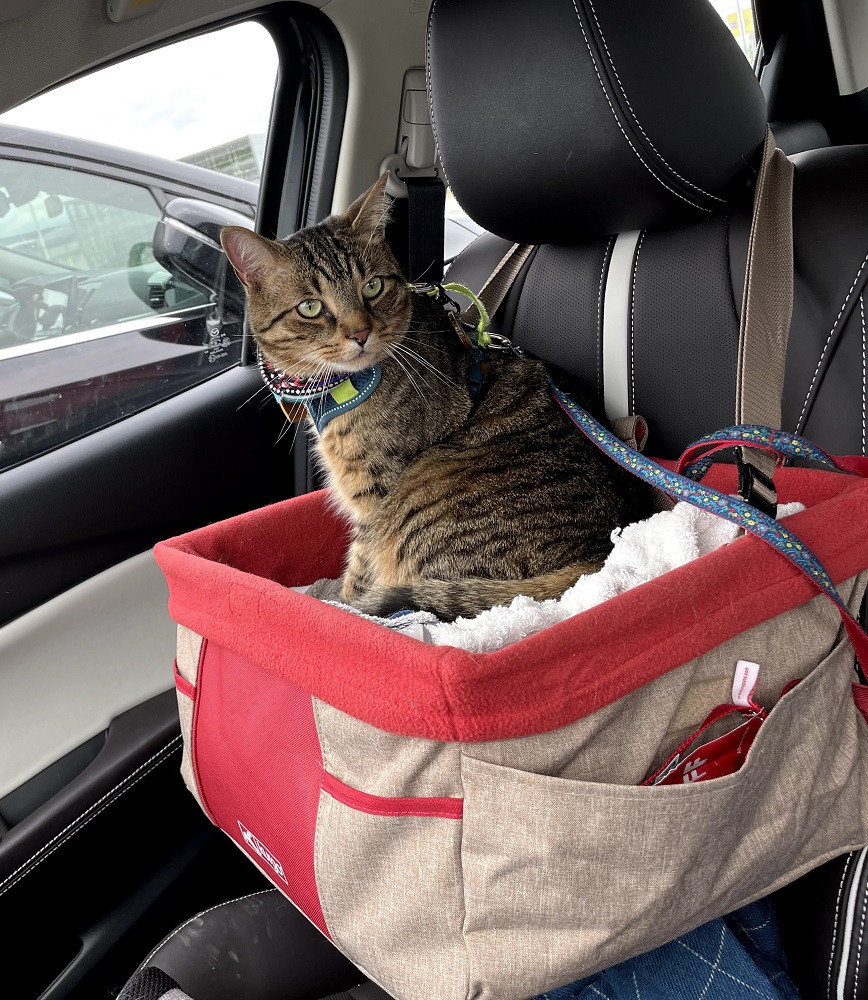 Car Booster Seat
Car Booster Seat
Seatbelt Tethers & Harnesses: Freedom with Security
Cat seatbelt tethers and harnesses are designed to offer a balance of freedom and security. These systems involve a harness worn by your cat and a tether that attaches to the car’s seatbelt. They allow your cat to move around somewhat freely within the confines of the tether’s length but prevent them from roaming the entire car and provide restraint in case of sudden stops or accidents. Seatbelt tethers are a good choice if:
- Your Cat is Calm in the Car: These systems are best for cats who are generally relaxed and not inclined to jump around excessively while in the car.
- Harness-Trained Cats: Your cat should be comfortable wearing a harness prior to using a seatbelt tether system. Introducing a harness gradually and positively is crucial.
- Space-Saving Solution: Seatbelt tethers and harnesses are a less bulky option compared to carriers or booster seats, taking up minimal space in your car.
Seatbelt Tether Options: Numerous brands offer cat-sized harnesses and seatbelt tethers designed for car travel. Look for harnesses that are specifically designed for car safety, distributing pressure across the cat’s chest in case of sudden deceleration.
 Kurgo Tether and Harness
Kurgo Tether and Harness
The Dangers of Free Roaming: Why It’s Not Recommended
Allowing your cat to roam freely in the car is the least safe option and is generally not recommended. The risks associated with free roaming far outweigh any perceived benefits.
- Driver Distraction and Safety Hazard: As mentioned earlier, a free-roaming cat can create significant driver distractions by obstructing views, interfering with driving controls, or simply demanding attention.
- Severe Injury Risk in Accidents: In the event of a collision, a free-roaming cat becomes a projectile, at risk of severe injury from being thrown around the vehicle or even ejected from the car.
- Escape Risk: A free-roaming cat can easily bolt out of the car when doors are opened at stops, especially in unfamiliar or stressful environments.
While free roaming might seem tempting for a seemingly well-behaved cat, the unpredictable nature of driving and the potential for sudden incidents make it an unsafe and irresponsible choice.
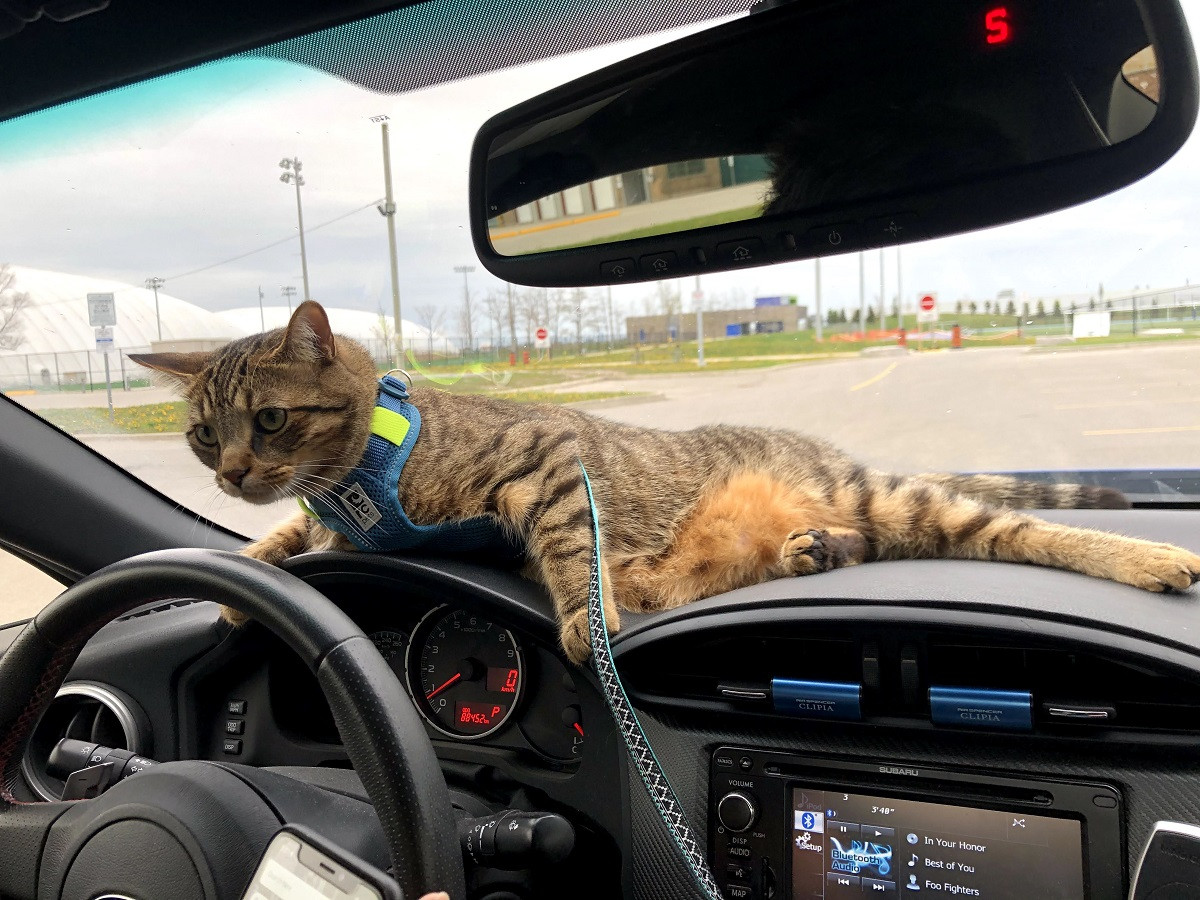 Teddy on the dashboard – he is usually NOT allowed to do this!
Teddy on the dashboard – he is usually NOT allowed to do this!
If, despite all recommendations, you are considering free-roaming (only in extremely controlled and supervised situations with a very well-behaved cat and a passenger to supervise), a car seat cover can be a worthwhile investment to protect your car’s interior from scratches and fur.
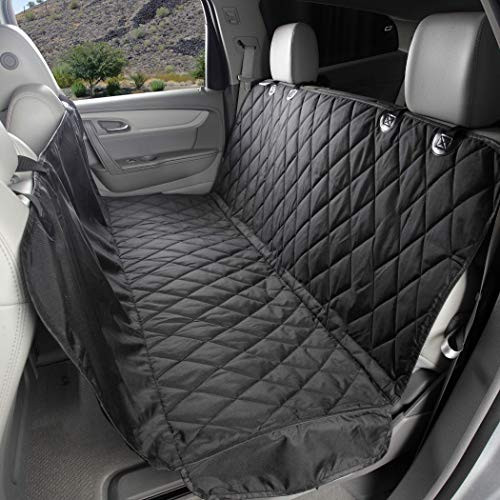 Car seat cover
Car seat cover
Teddy’s Car Travel Setup: A Balanced Approach
Finding the perfect cat car seat setup often involves some experimentation to determine what works best for your individual cat. Like many cat owners, I’ve tried various options for Teddy, including carriers and booster seats. Currently, I’ve found that a seatbelt tether system offers the best balance of safety and comfort for him.
Teddy dislikes being fully enclosed, and he generally stays put in one spot in the car. Using a seatbelt tether allows him to sit comfortably on the passenger seat next to me. I place a towel down as a comfortable and washable cat bed for him. While I always have his backpack in the car as well, and sometimes he chooses to sit in it, it remains open and never fully closed, as he dislikes complete confinement.
Ultimately, the goal is to find a solution that prioritizes both safety and your cat’s well-being. While a crash-tested carrier would be the absolute safest option, it’s not feasible for Teddy due to his strong aversion to confinement, which would likely create more driving distractions.
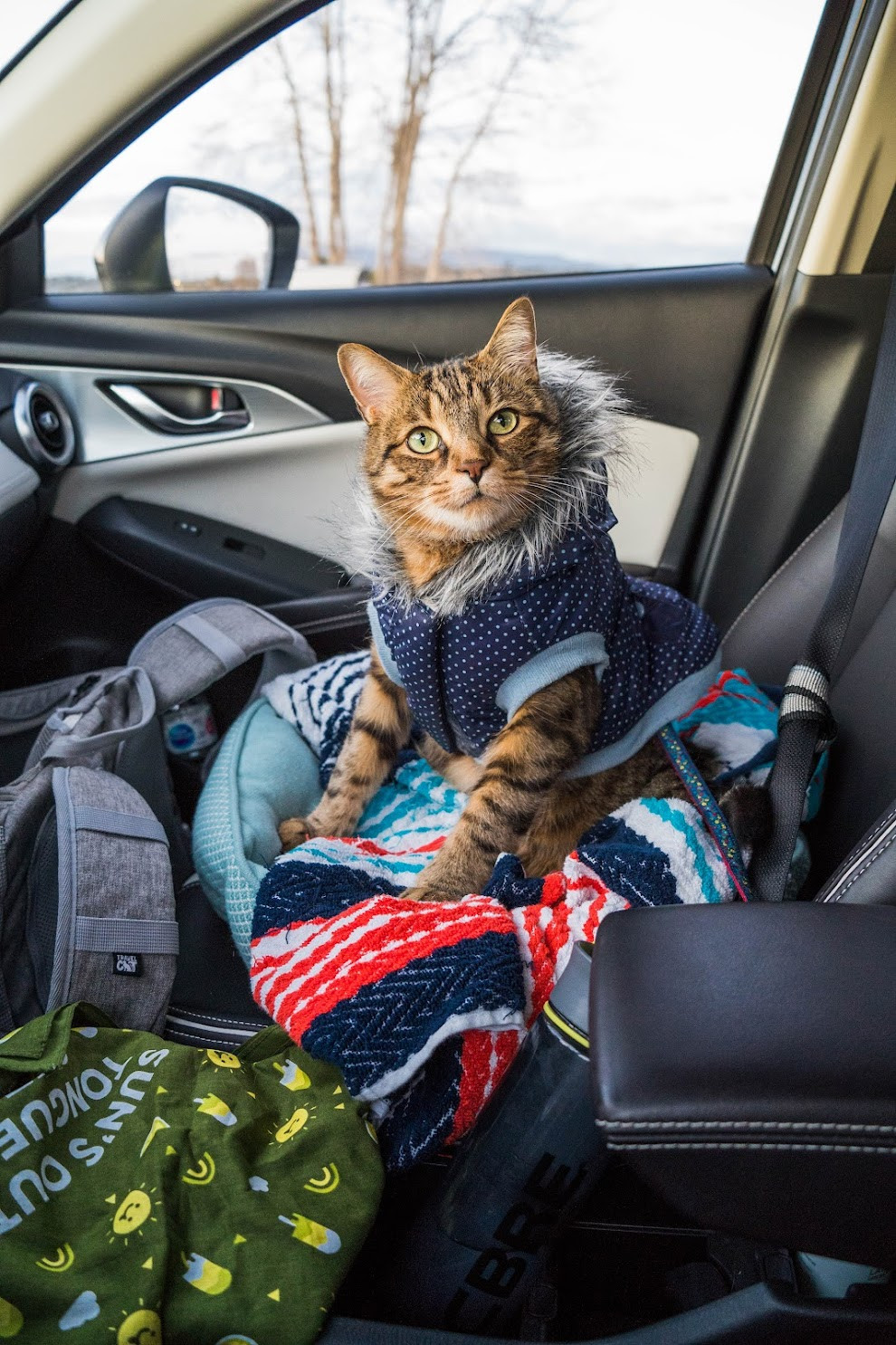 Cat in car 1
Cat in car 1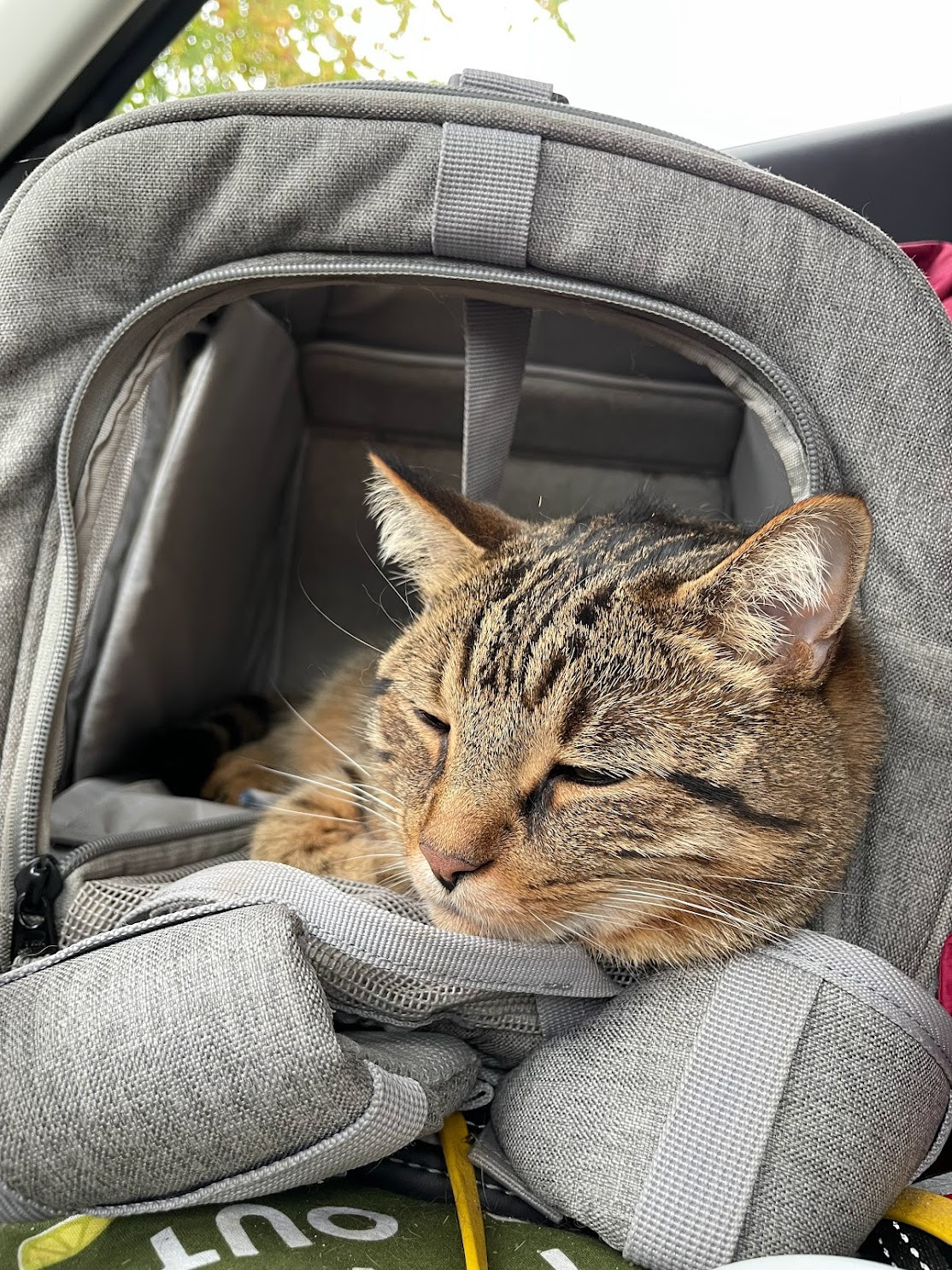 Cat in car 2
Cat in car 2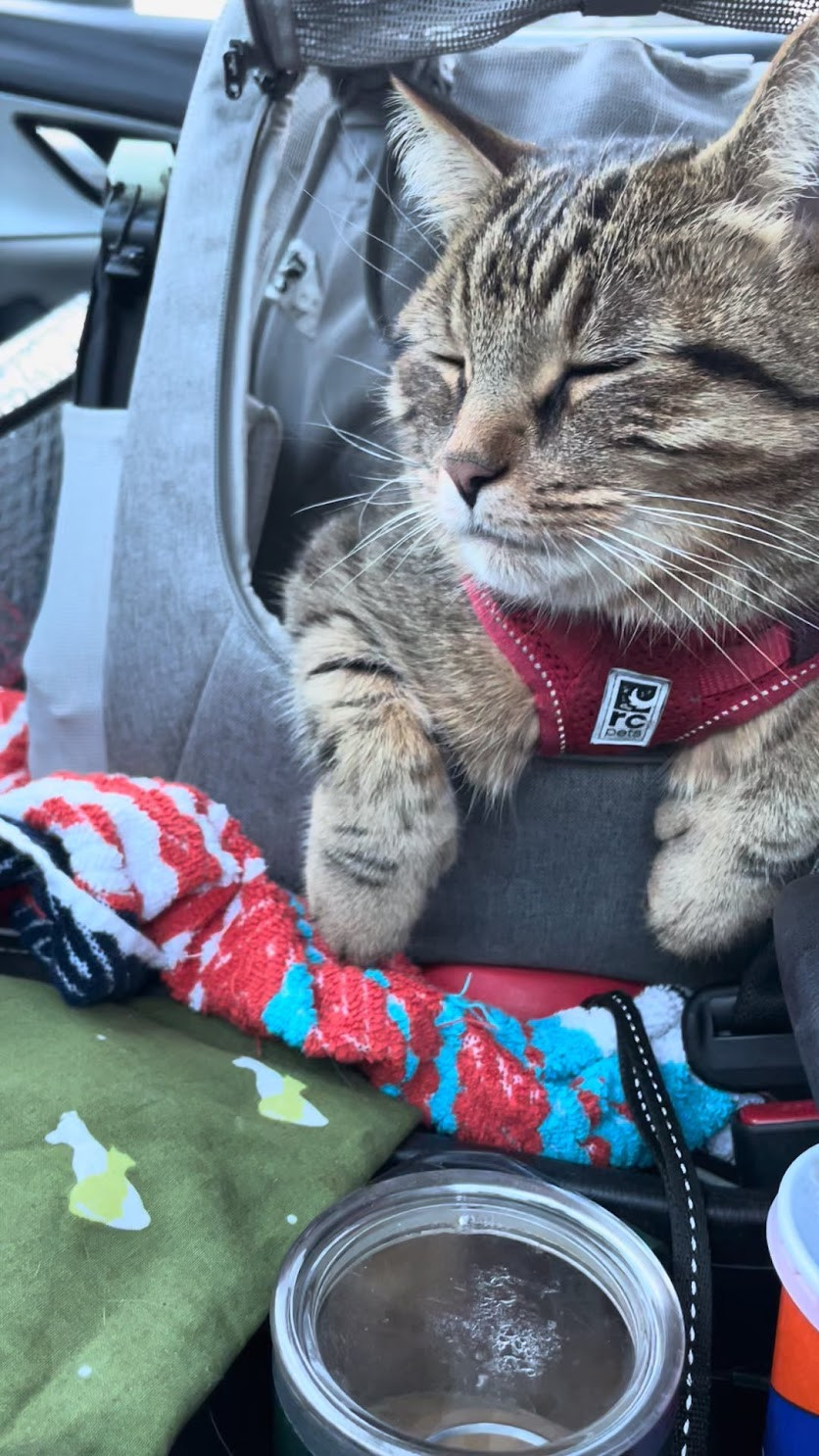 Cat in car 3
Cat in car 3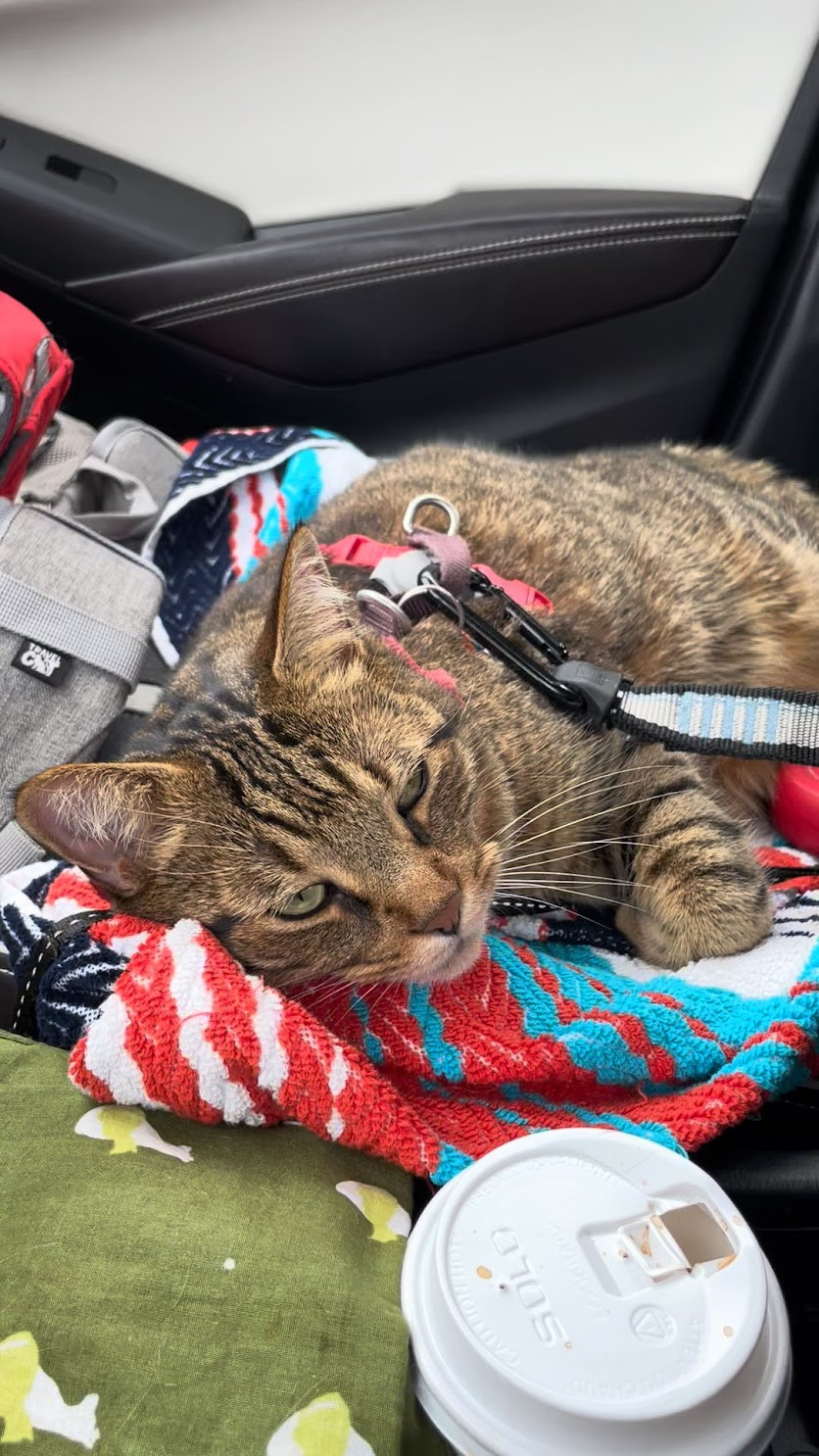 Cat in car 4
Cat in car 4
Choosing the Right Cat Car Seat: Key Considerations
Selecting the ideal cat car seat involves considering several factors specific to your cat and your travel needs:
- Your Cat’s Temperament and Travel Personality: Is your cat generally calm or anxious in new situations? Do they dislike confinement? Do they enjoy looking out windows? Understanding your cat’s personality is crucial in choosing a car seat style they will tolerate and ideally find comfortable.
- Trip Length and Frequency: For short trips to the vet, a simple carrier might suffice. For long road trips, consider options that offer more space and comfort, such as larger carriers or booster seats.
- Vehicle Type and Space: The size and layout of your car will influence the type of cat car seat that fits best. Consider the available space on your seats and in the footwells.
- Budget: Cat car seat options range in price from basic carriers to high-end crash-tested models. Determine your budget and prioritize safety and quality within that range.
- Safety Features: Prioritize car seats that offer robust safety features, such as secure attachments to seatbelts, crash-tested certifications (where applicable), and durable construction.
Acclimating Your Cat to Their Car Seat: A Gradual Approach
Regardless of the type of cat car seat you choose, introducing it to your cat gradually and positively is essential.
- Introduce the Car Seat at Home: Before your trip, place the car seat in a familiar area of your home. Allow your cat to explore it at their own pace.
- Make it Comfortable and Appealing: Place soft bedding, familiar toys, and treats inside the car seat to make it inviting and associate it with positive experiences.
- Short Car Rides: Start with very short car rides around the block, gradually increasing the duration as your cat becomes more comfortable.
- Positive Reinforcement: Reward your cat with treats, praise, and affection during and after car rides to create positive associations with car travel and their car seat.
By taking a thoughtful and patient approach to cat car seat selection and acclimation, you can ensure safer, more comfortable, and enjoyable car journeys for both you and your feline companion.
Related Posts
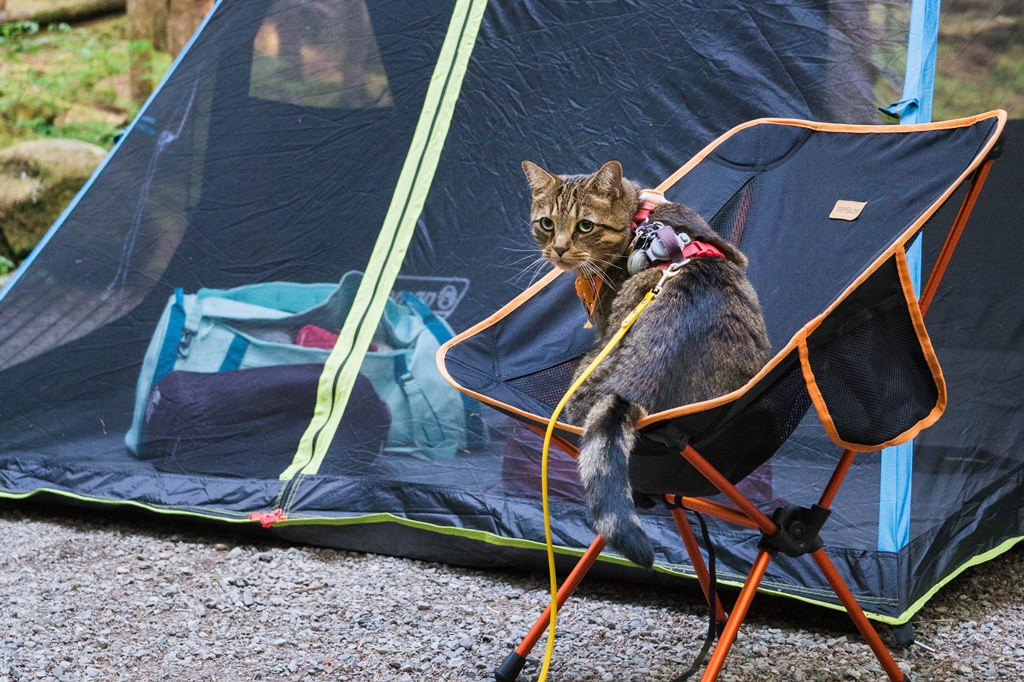 Guide: How to Camp With Your Cats
Guide: How to Camp With Your Cats
Guide: How to Camp With Your Cats
[ 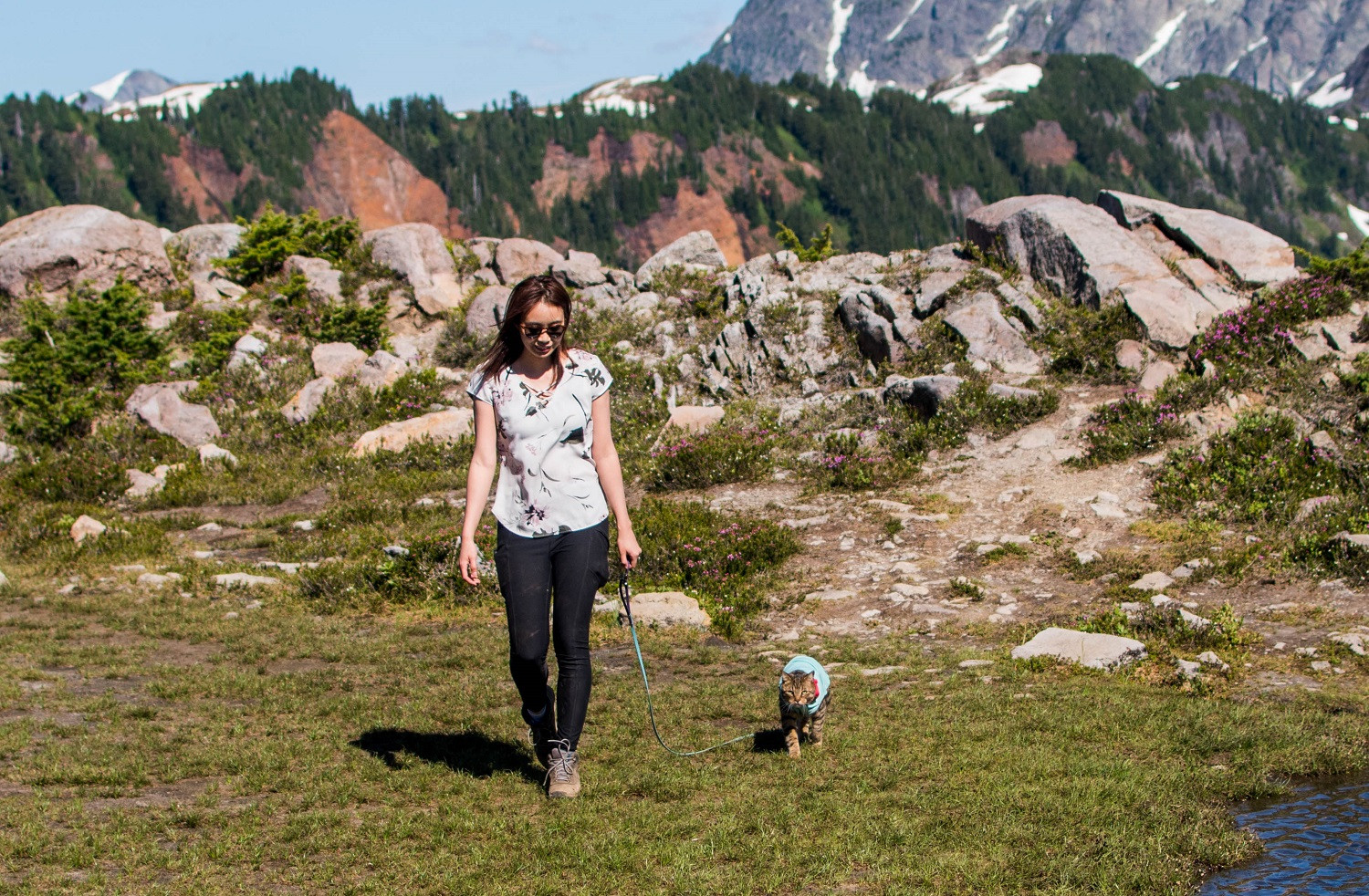{width=1500 height=982} ](https://theoreticallyteddy.com/2023/02/15/how-to-leash-train-a-cat/)A Beginner’s Guide to Cat Leash Training
[ 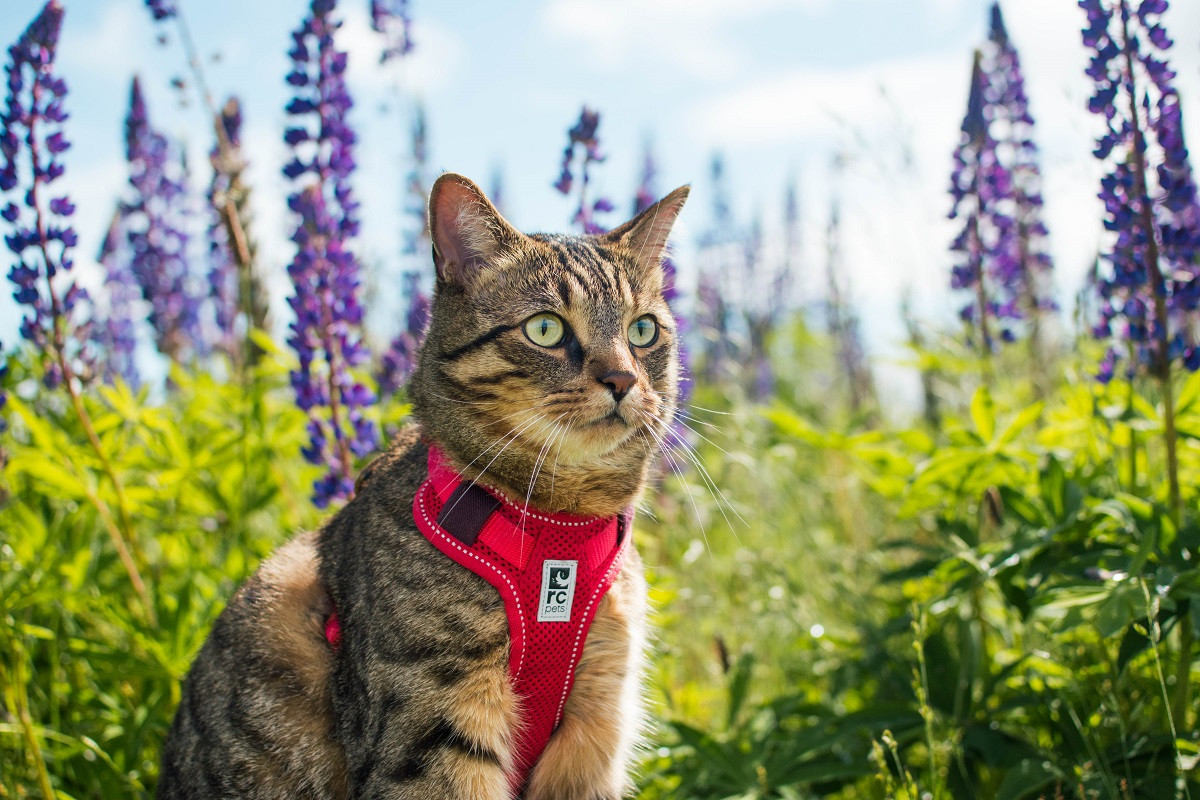{width=1200 height=800} ](https://theoreticallyteddy.com/2022/08/24/best-cat-harness-2022/)Best Cat Harnesses
[ 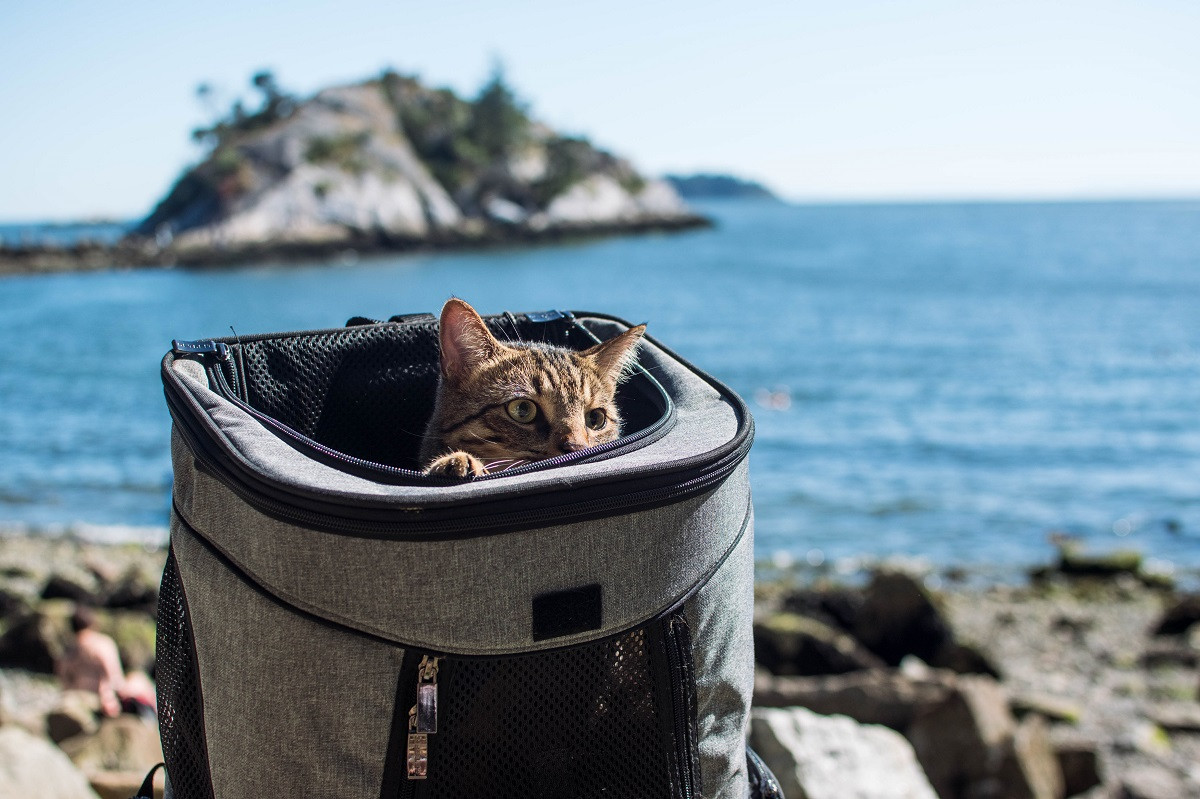{width=1200 height=799} ](https://theoreticallyteddy.com/2022/08/11/best-cat-backpacks-2022/)Best Cat Backpacks
[ 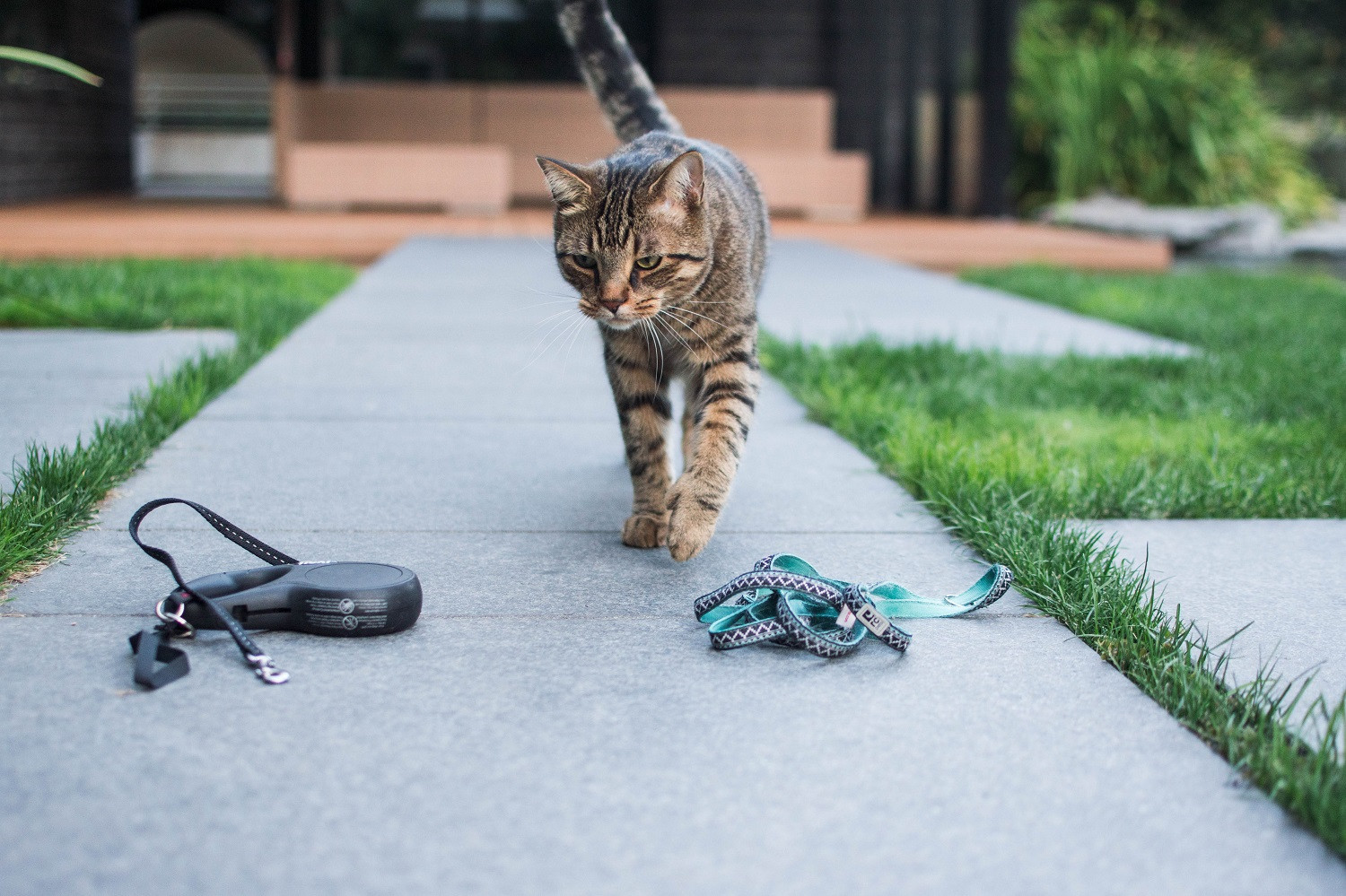{width=1500 height=999} ](https://theoreticallyteddy.com/2022/09/21/best-cat-leashes-2022/)Best Cat Leashes
[ 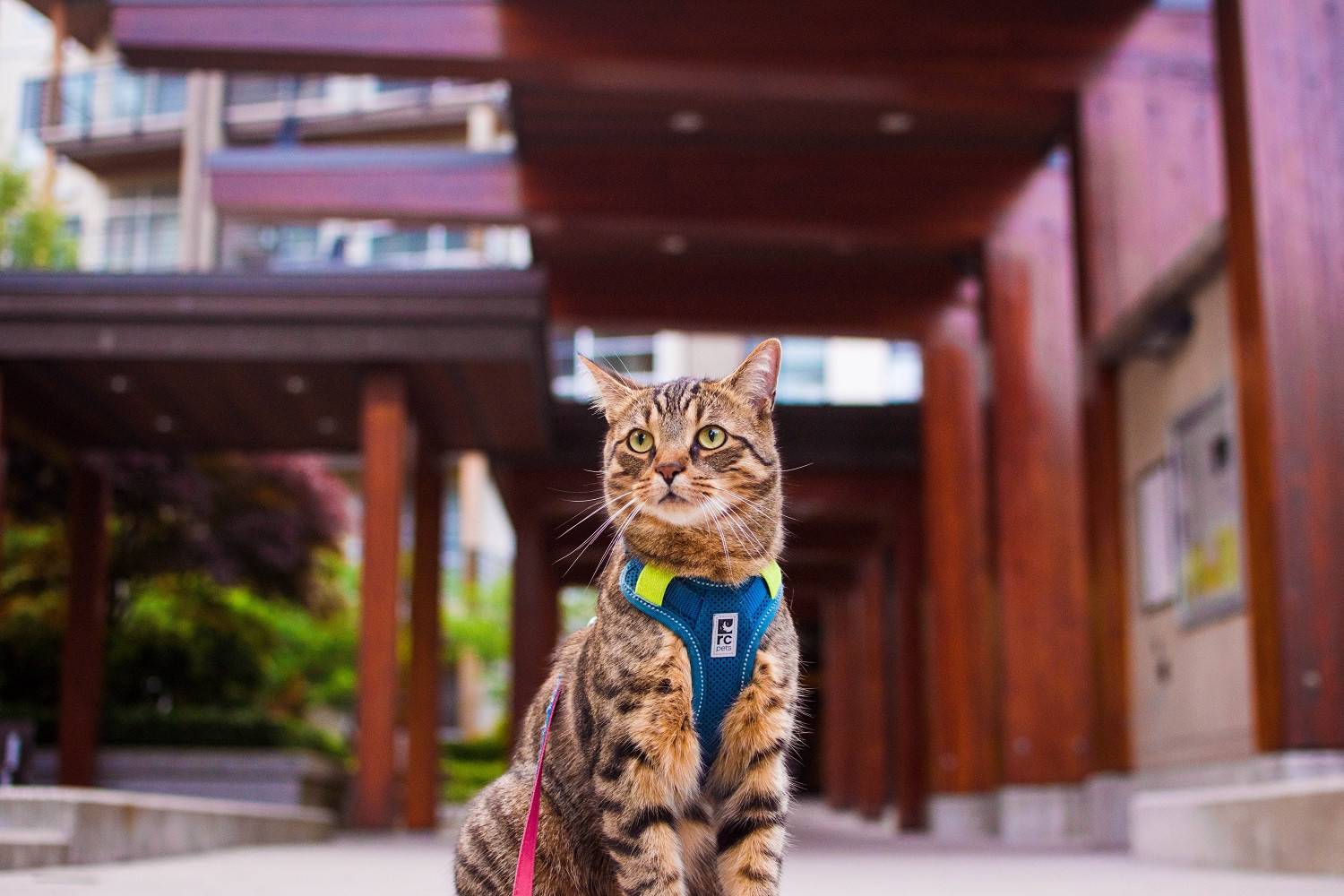{width=1500 height=1000} ](https://theoreticallyteddy.com/2021/08/20/staying-at-a-hotel-or-airbnb-with-a-cat/)Staying at a Hotel or Airbnb (With a Cat)
[ 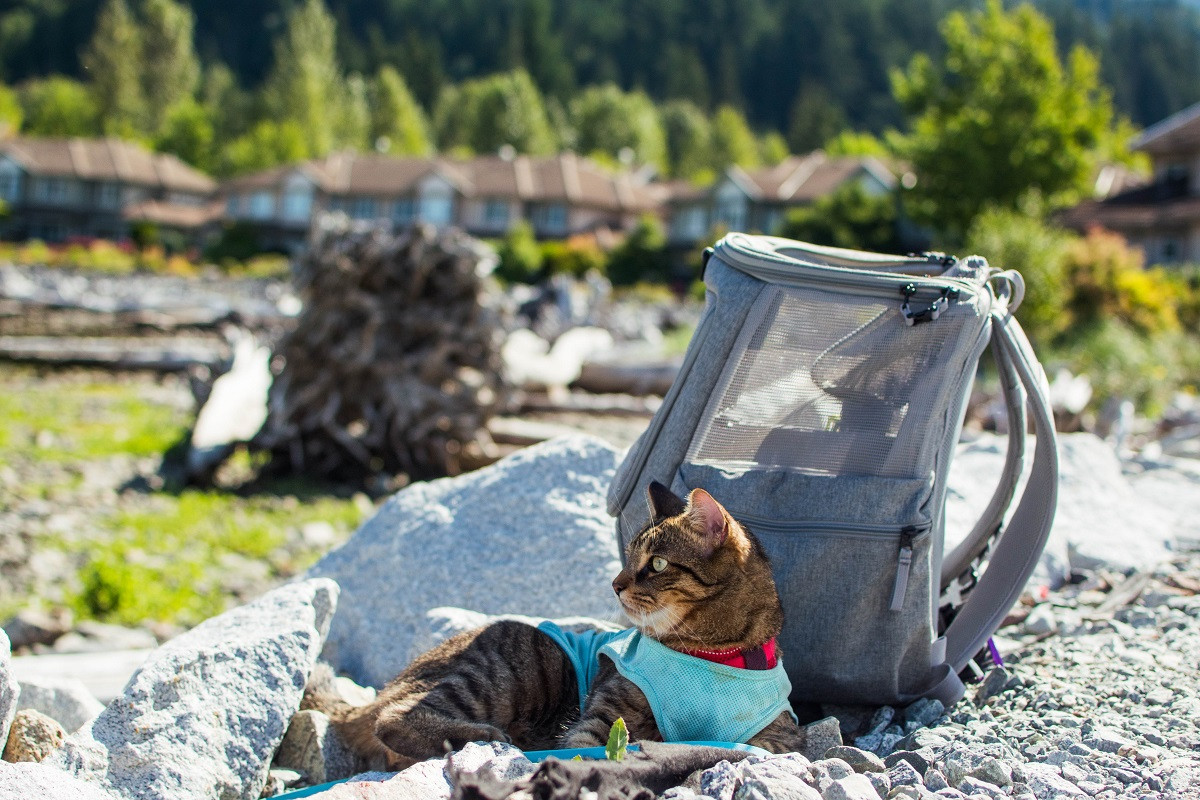{width=1200 height=800} ](https://theoreticallyteddy.com/2023/02/03/best-travel-litter-boxes-in-2023/)Best Travel Litter Boxes in 2023
[ 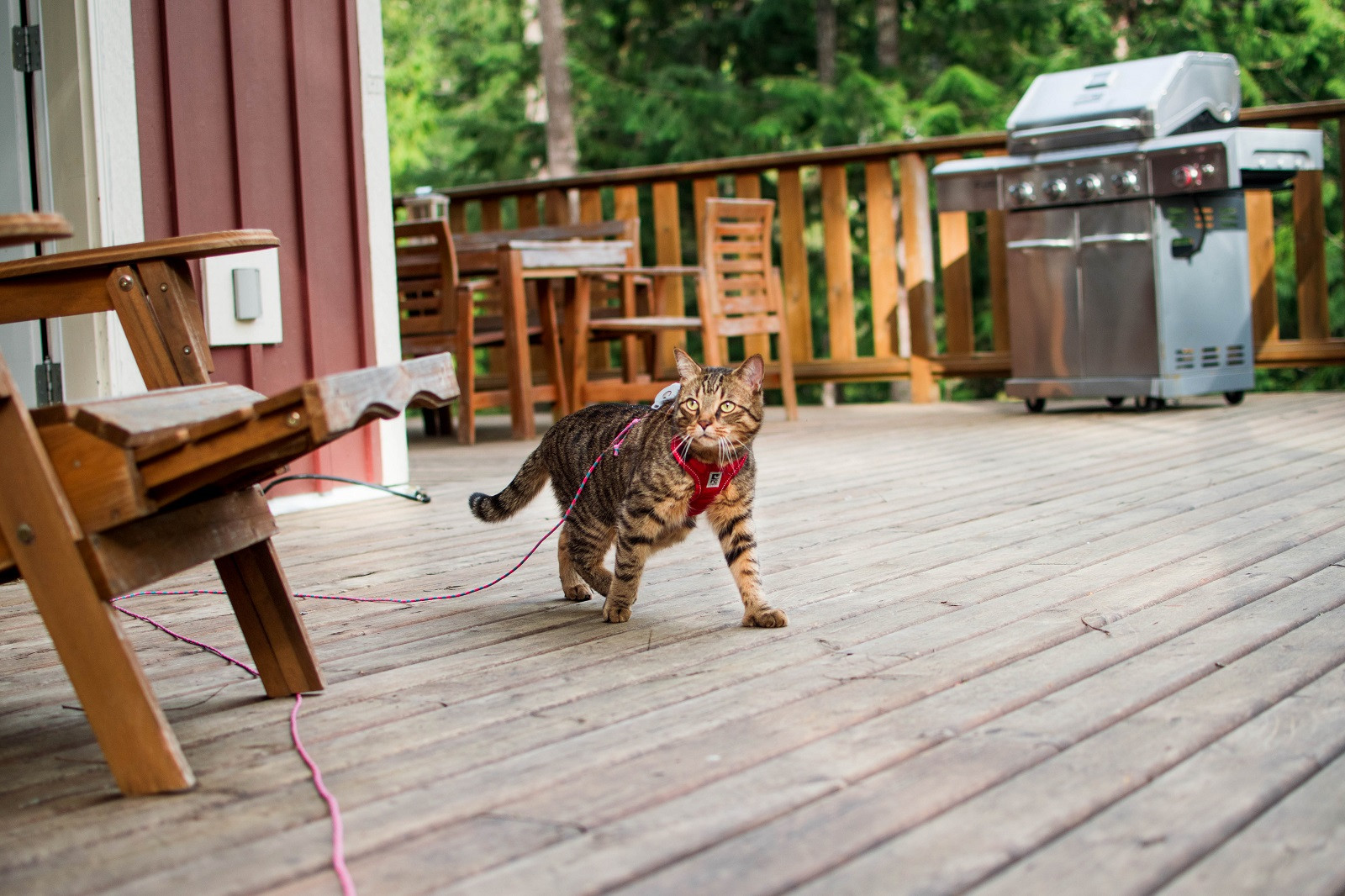{width=1600 height=1066} ](https://theoreticallyteddy.com/2023/03/30/travel-litter-box-accessories-to-bring-on-your-trip/)